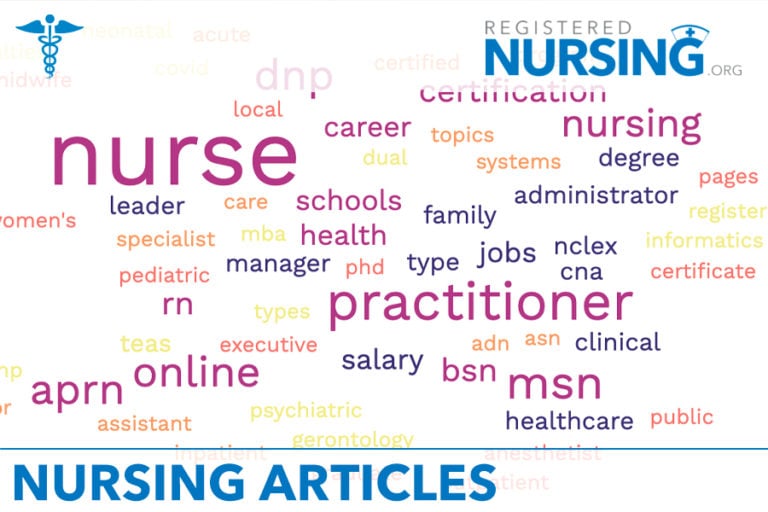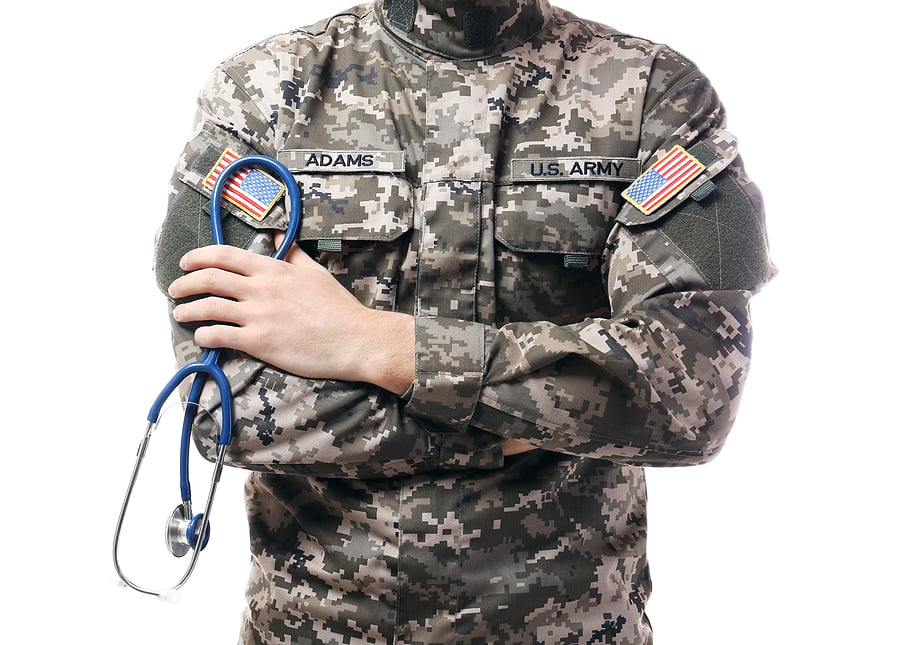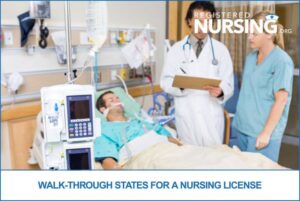Nursing Education Articles & Guides

12 Mins Read25 Nov 25
Becoming a Family Nurse Practitioner (FNP) is one of the most flexible and rewarding advanced-practice pathways for Illinois nurses who…

12 Mins Read21 Nov 25
Mississippi’s healthcare system needs qualified nurse educators now more than ever. With the state facing a nursing shortage and an…

12 Mins Read18 Nov 25
Choosing the right nursing program is one of the most important decisions prospective RNs make, and the NCLEX-RN exam pass…

12 Mins Read14 Nov 25
Florida offers strong opportunities for registered nurses looking to advance into nurse-midwifery. With one of the highest birth volumes in…

12 Mins Read12 Nov 25
California’s position as a global technology hub combined with its massive healthcare system makes it an ideal place to launch…

9 Mins Read07 Nov 25
Becoming a Registered Nurse (RN) is a rewarding decision that opens doors to a wide range of healthcare careers. However,…

9 Mins Read04 Nov 25
Online nursing programs have opened doors for students who need flexibility while earning their degree, but with that accessibility comes…

12 Mins Read31 Oct 25
Becoming a registered nurse (RN) is one of the most in-demand and rewarding career paths in healthcare today, and earning…

12 Mins Read29 Oct 25
For registered nurses in Oklahoma ready to reach the highest level of practice, a Doctor of Nursing Practice (DNP) offers…
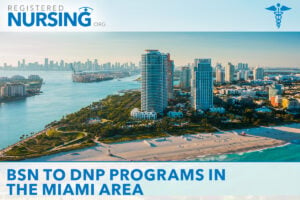
12 Mins Read22 Oct 25
The Miami metropolitan area, home to major hospitals, research centers, and culturally diverse communities, is one of Florida's most exciting…
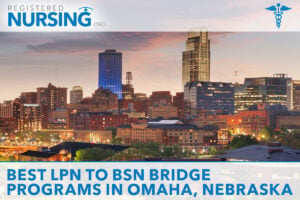
12 Mins Read15 Oct 25
For working nurses in Omaha looking to move from Licensed Practical Nurse (LPN) to Registered Nurse (RN), an LPN to…
Nursing Careers & Specialties Articles & Guides

12 Mins Read14 Nov 25
Texas is one of the best states in the nation to pursue a BSN to DNP (Doctor of Nursing Practice)…

12 Mins Read28 Jul 25
Colorado Springs hugs the eastern slope of Pikes Peak, and its skyline is dotted with healthcare landmarks, such as UCHealth…
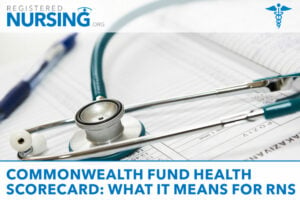
8 Mins Read18 Jul 25
Each year, the Commonwealth Fund releases a detailed Scorecard on State Health System Performance, evaluating how well U.S. states deliver…

11 Mins Read13 Jun 25
Healthcare leadership offers diverse career opportunities, but two roles that often create confusion are nursing administrator and healthcare administrator positions.…

10 Mins Read06 Jun 25
As healthcare continues to evolve, so do the roles nurses play within the system. Advancements in technology, population health needs,…

9 Mins Read16 May 25
In today’s diverse healthcare landscape, the ability to communicate in multiple languages has evolved from a beneficial skill to an…

10 Mins Read05 May 25
The Advanced Practice Registered Nurse (APRN) Consensus Model is a regulatory framework designed to standardize how APRNs are educated, licensed,…

11 Mins Read02 May 25
Registered nurses looking to advance their careers, increase their earning potential, and specialize in areas they’re passionate about often turn…

11 Mins Read01 May 25
Private duty nursing is a growing and in-demand field offering a highly personalized approach to patient care. In 2025, as…

12 Mins Read25 Apr 25
California faces unique healthcare challenges that directly impact which nursing specialties are most critically needed throughout the state. From the…
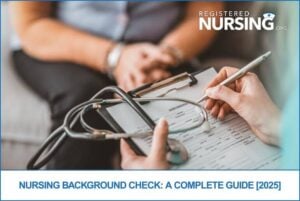
9 Mins Read24 Apr 25
As the demand for qualified nurses continues to grow, so does the emphasis on patient safety, regulatory compliance, and workforce…
Nursing Life Articles & Guides

12 Mins Read19 Nov 25
Internationally educated nurses (IENs) are a vital part of the U.S. healthcare system. With growing nursing shortages and increasing demand…

12 Mins Read18 Nov 25
Choosing the right nursing program is one of the most important decisions prospective RNs make, and the NCLEX-RN exam pass…

8 Mins Read18 Jul 25
Each year, the Commonwealth Fund releases a detailed Scorecard on State Health System Performance, evaluating how well U.S. states deliver…

10 Mins Read05 May 25
The Advanced Practice Registered Nurse (APRN) Consensus Model is a regulatory framework designed to standardize how APRNs are educated, licensed,…

11 Mins Read30 Apr 25
Working from home isn't just for tech professionals—nurses now have expanding opportunities to bring their clinical expertise into home-based roles.…

9 Mins Read24 Apr 25
As the demand for qualified nurses continues to grow, so does the emphasis on patient safety, regulatory compliance, and workforce…
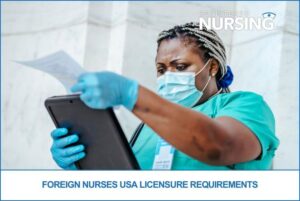
12 Mins Read31 Mar 25
The United States continues to face a nationwide nursing shortage, and internationally educated nurses are helping bridge the gap. For…

8 Mins Read25 Feb 25
Retirement from nursing doesn't mean the end of professional fulfillment. Many retired registered nurses (RNs) find that they still have…

12 Mins Read03 Jan 24
What Is a Travel Nurse? A travel nurse is a registered nurse (RN) who accepts temporary assignments—usually lasting a few…

5 Mins Read29 Sep 23
After many opportunities and encouragement from your leadership team, you have decided to plunge into nursing leadership. Whether your first…

5 Mins Read19 Sep 23
The 24/7, 365 care delivery model is a reality for many nurse leaders. That's why I like to say that…
Nursing Articles & Guides Archives
2022 Articles
- NP, DNP, and Ph.D. in Nursing: How High-Level Nursing Salaries Compare to MD Salaries [Updated 2025]

